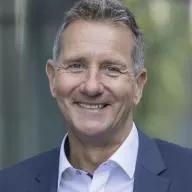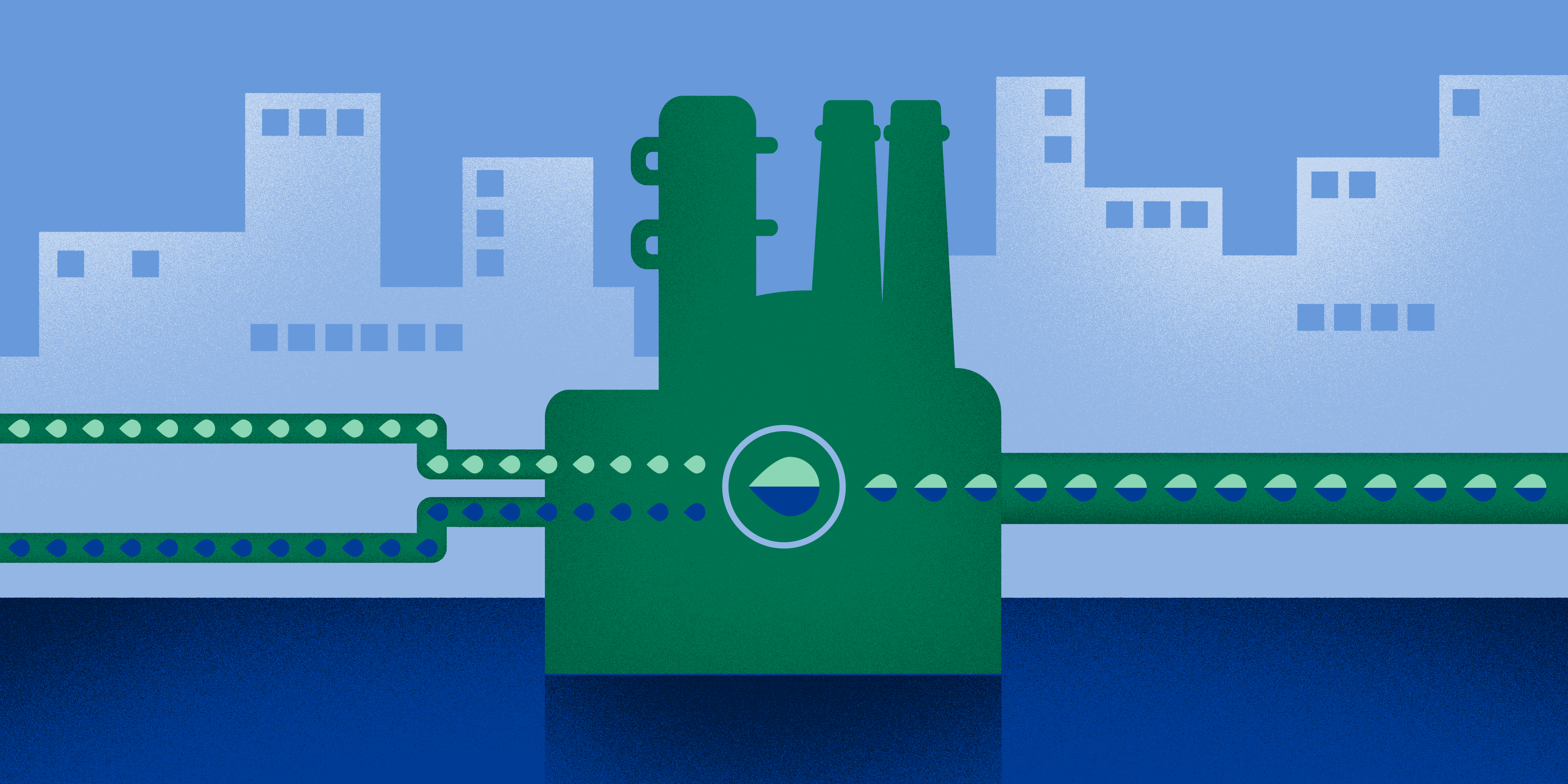
Sustainability
5 minute read
Renewable Aviation: Big Results Require Big Ambitions
Three kilometres to the south of Selçuk in western Turkey lie the ruins of the Ancient Greek city of Ephesus, home to the philosopher Heraclitus. The closest airport is Izmir. There are direct flights from Amsterdam, Berlin and London which all take a little over three hours. For most flights you can buy a return ticket for about two hundred Euros. That same round trip will also cause almost a tonne of CO2 emissions.
Heraclitus wrote “big results require big ambitions.” A millennium and a half later, his words may fairly be applied to the challenge of decarbonizing the aviation industry. Ancient Greek philosophers addressed many interesting dilemmas. Now we must address how to reduce the GHG emissions of an energy-intensive sector that has become central to our globalized modern lives.

Aviation today accounts for between 2% and 3% of global CO2 emissions. Moreover, in the next 15 years air travel is expected to double.
Despite the scale of the challenge, the International Air Transport Association (IATA) has committed to net-zero carbon emissions by 2050.
Policymakers are now focusing on what legislation needs to be adopted to push this transition forward. Included in the EU’s Fit for 55 legislative package - which aims to reduce carbon emissions by 55% by 2030 - is the ReFuel EU Aviation Regulation.
This will bring in mandates for Sustainable Aviation Fuel (SAF) as well as policy incentives for decarbonization technologies including electrification and hydrogen.
However these latter technologies are largely in embryonic stages with many hurdles to overcome. Electric aircraft will not be in service for a decade or more. We do not know the volume of aircraft that will be available - and they will likely be small due to the weight of the battery required. Due to this, short-haul flights may be better suited to e-flying. But that does not notably reduce our GHG emissions: only 25% of flights are short-haul and generate just 3-4% of aviation’s overall emissions.
Meanwhile, hydrogen options could be developed more quickly. Yet like electric planes, they will also require completely new infrastructure from today’s refuelling systems. This must still be built from scratch and will need both huge investment and time. Airbus is aiming for commercially available hydrogen planes only by 2035.
The only low-emission fuel that is available immediately is SAF. Indeed IATA expects 63% of its emission reductions to come from these fuels even in 2050. There is no reason not to begin using this today in parallel with the development of e-fuels.
Neste is the leading global producer of SAF. While production techniques vary between producers, Neste MY Sustainable Aviation Fuel is made from sustainably sourced renewable waste and residue raw materials such as used cooking oil (UCO) and animal fat wastes that cannot be used for food.
As a neat fuel it can reduce GHG emissions by up to 80% compared to its conventional fossil equivalent. Furthermore it can be used as a ‘drop-in fuel’, meaning it is compatible with existing aircraft engines and airport infrastructure and no modifications are needed.
Believing that big results do come from big ambitions, Neste will increase its annual SAF production capacity to 1.5 million tons by the end of 2023. That is almost two billion litres. And two billion litres less of fossil fuel.
To ensure sufficient availability of the fuel in the future, we are also exploring new raw materials and solutions in the bio and circular economy. These would enable us to use other types of raw materials such as municipal solid waste and lignocellulosic waste, as well as power-to-liquid technology.
Developments like these will mean we can grow the volumes of sustainable aviation fuel on the market. As with any new technology, the ramp up in scale is also expected to bring down the cost.
But narrow regulation will limit potential. A wide range of raw materials should be accepted as feedstocks in order to achieve those volumes. For example waste or residues from other industries, novel vegetable oils grown on land which cannot be used for food crops, or organisms such as algae.
Initial legislative proposals place stricter limitations on raw materials in the ReFuel EU Aviation Regulation than we see in the Renewable Energy Directive. This lack of alignment between what the EU considers to be sustainable - and the more stringent restrictions for SAF developers - risks severely harming innovation. Testing on new types of raw materials and investment in new production capacities will stop if producers do not believe those raw materials will be permitted - thereby curbing new breakthroughs.
In addition targets should strive to build the market. There is an increasing awareness and appetite from both airlines and passengers for more conscientious air travel. This is proven by more airlines using SAF despite its higher costs - and two challenging years financially through the Covid-19 pandemic. The EU is proposing only a 2% SAF mandate in 2025 and 5% by 2030. Neste alone is able to produce the 2% required: and we are not the only producer.
The EU has the opportunity to be a global frontrunner in the decarbonization of air travel. The policies and regulations it adopts may well be mirrored around the world. So as we look to the future of air travel, we should remember those wise words said in the past: “big results require big ambitions.”
Credits: Thorsten Lange, Executive Vice President, Renewable Aviation, Neste





